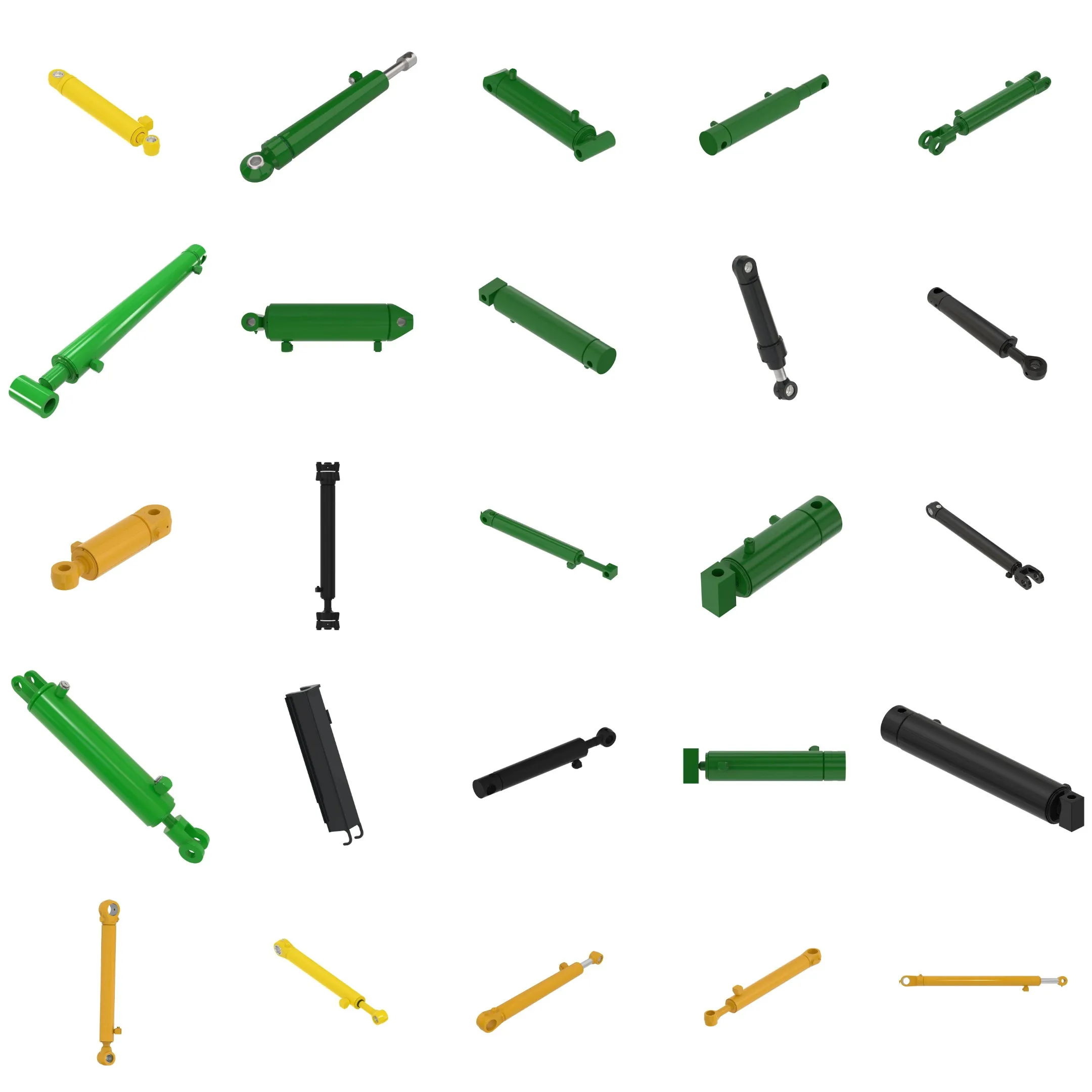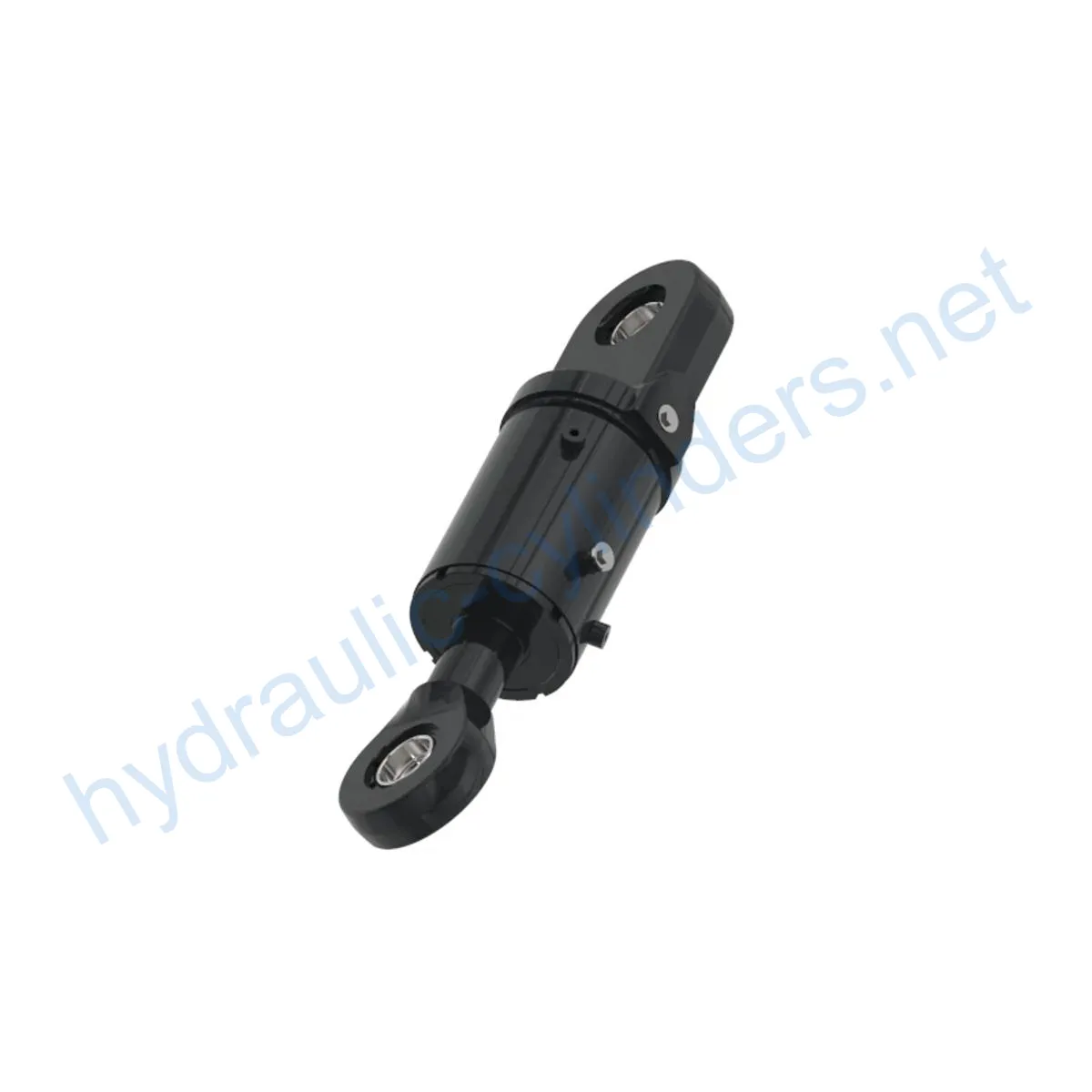Replacement Of AHC18997 Hydraulic Cylinder
Replacement Of AHC18997 Hydraulic Cylinder
First, let’s introduce the product and define what this hydraulic cylinder is and its purpose. The Replacement Of AHC18997 Hydraulic Cylinder is a critical component used in various heavy machinery to convert fluid power into linear motion. It plays a vital role in the smooth operation and functionality of equipment.
Specifications and Model
Weight: 164.16 lb
Height: 8 in
Width: 9 in
Length: 34 in
Model: 850L
Features
1. Improved Equipment Performance
Replacing damaged or worn-out hydraulic cylinders can restore the equipment’s normal operation capability, ensuring optimal performance in various applications.
2. Enhanced Safety
Regularly replacing hydraulic cylinders can reduce safety hazards caused by cylinder failures, ensuring the safety of both operators and equipment.
3. Overload Protection
New cylinder designs often incorporate better overload protection mechanisms, improving overall safety during heavy-duty operations.
4. Quick Installation
Modern hydraulic cylinders are designed with easy installation and replacement in mind, reducing downtime and improving efficiency.
5. Standardized Components
Many hydraulic cylinders are standardized products, making it easier to source replacement parts in the market.
Applications
The Replacement Of AHC18997 Hydraulic Cylinder finds its usage in various industries and equipment. Here are three examples:
1. Excavators
In excavators, the hydraulic cylinder in the arm or bucket may get damaged due to prolonged use or overload. Replacing it ensures the proper functioning of the equipment.
2. Cranes
The lifting boom hydraulic cylinder in cranes is subject to wear and tear during frequent lifting and lowering processes. Regular replacements are necessary to maintain safety.
3. Tractors
The front-end loader hydraulic cylinder in tractors may experience leakage or performance degradation due to continuous lifting and tilting operations. Replacing it is essential for optimal performance.
Maintenance Tasks
Regular maintenance tasks for hydraulic cylinders include:
1. Periodic Inspection
Regularly inspecting the cylinder for any signs of damage or wear is crucial for identifying potential issues and ensuring optimal performance.
2. Proper Lubrication
Applying the right amount of hydraulic oil for lubrication helps reduce friction and extend the lifespan of the cylinder components.
3. Seal Replacement and Calibration Checks
Replacing worn-out seals and performing calibration checks are essential maintenance tasks to prevent leaks and ensure accurate cylinder performance.
Safety Considerations and Environmental Factors
When working with hydraulic cylinders, it is important to follow safety precautions to avoid accidents. Maintaining a safe working environment and handling hydraulic systems properly can prevent injuries and equipment damage.
Fault Diagnosis and Common Issues
Common faults and issues related to hydraulic cylinders include:
1. Cylinder Leakage
Leakage can occur due to worn-out seals or damaged cylinder components. Regular inspection and prompt seal replacement can address this issue.
2. Insufficient Power
If the hydraulic cylinder fails to provide enough power, it may be due to worn-out piston seals or inadequate fluid pressure. Replacing seals or adjusting the pressure can resolve this problem.
3. Cylinder Misalignment
Misalignment of the cylinder can lead to uneven wear and reduced efficiency. Proper installation and alignment procedures are crucial to address this issue.
Troubleshooting and Preventive Measures
Here are some tips and solutions to effectively diagnose and resolve hydraulic cylinder problems:
1. Troubleshooting Tips
When encountering issues, check for visible leaks, inspect cylinder rods for signs of damage, and ensure proper alignment of the cylinder. Refer to the equipment manual for specific troubleshooting steps.
2. Problem Resolution
To solve common problems, such as leakage or insufficient power, consider replacing worn-out seals, adjusting fluid pressure, or realigning the cylinder. Following recommended repair and replacement procedures is crucial.
3. Preventive Measures
To minimize potential issues, perform regular maintenance tasks, such as inspections, lubrication, seal replacements, and calibration checks. Adhering to proper installation guidelines and using quality components can also extend the lifespan of the hydraulic cylinder.

Design Considerations and Selection Criteria
When selecting a hydraulic cylinder, several design considerations are essential:
1. Load-Bearing Capacity
The cylinder must have the appropriate load-bearing capacity to withstand the forces and weight involved in the application.
2. Sealing and Durability
Using high-quality sealing components, such as piston seals and rod seals made of durable materials like polyurethane or nitrile rubber, ensures efficient operation and extended lifespan.
3. Safety and Maintenance
Cylinders designed with safety features and ease of maintenance in mind, such as finely treated cylinder bodies and threaded ends, contribute to improved wear resistance and facilitate maintenance tasks.
Sealing and Lubrication
Proper sealing and lubrication are crucial for optimal hydraulic cylinder performance:
1. Sealing
Utilizing various sealing components, such as piston seals and rod seals, made from wear-resistant materials helps prevent leaks and maintain efficient operation.
2. Lubrication
Regularly adding the appropriate amount of hydraulic oil for lubrication reduces friction, enhances performance, and increases the lifespan of the cylinder.
Regular Inspection and Preventive Maintenance
To ensure the longevity of the hydraulic cylinder, regular inspection and preventive maintenance are essential:
1. Proper Installation
Correctly aligning the cylinder during installation, using suitable installation brackets to secure the cylinder, and following recommended inspection, repair, and replacement procedures are crucial for optimal performance.
2. Safety Considerations and Environmental Factors
When working with hydraulic cylinders, it is important to follow safety precautions to avoid accidents. Maintaining a safe working environment and handling hydraulic systems properly can prevent injuries and equipment damage.
3. Fault Diagnosis and Common Problems
When encountering issues, diagnosing faults promptly and addressing common problems, such as leakage or insufficient power, helps maintain efficient operation. Following troubleshooting steps and implementing preventive measures can minimize potential problems.

About Our Company
We are a leading manufacturer and wholesaler of replacement hydraulic cylinders, offering a comprehensive range of products in the market
参观我们的 VR 工厂
通过以下方式参观我们的 VR 工厂
液压缸应用:


